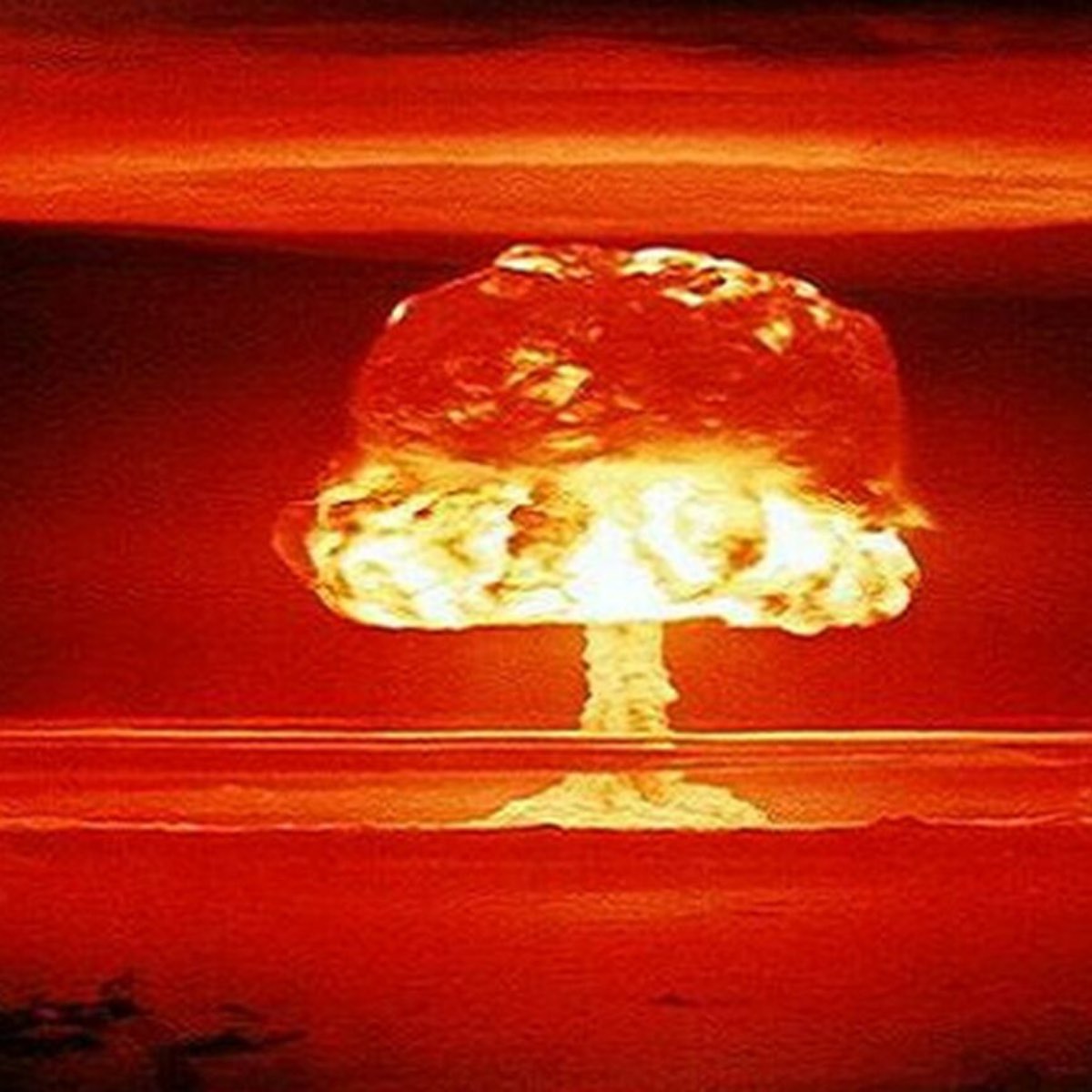If you are are wonder how long after a nuclear explosion is it safe to go out doors we have created this article to give you a detailed timeframe of what happens in the aftermath. There is no quick and easy answer to this question. For that reason we have broken this down into short term, medium term and long term risk.
How Long After A Nuclear Explosion Is It Safe?

Nuclear explosions instantly generate immense blast waves, heat, and radiation that can cause severe immediate injuries and destruction for miles. Radioactive fallout settled on the ground then enters food/water supplies, continuing exposure risk. Unique isotopes from nuclear reactions persist for years.
This article analyzes the dissipation of prompt nuclear radiation versus the delayed dangers from radioactive fallout to outline rough timeframes before health threats decrease surrounding a hypothetical detonation. It aims to clarify misconceptions about nuclear safety periods by presenting best scientific estimates for when radiation drops below various hazard thresholds.
Now lets look at the different time frames and answer the question – How long after a nuclear explosion is it safe.
Immediate Aftermath
The instant effects from the explosive fireball and crater-producing shockwaves can annihilate structures and bodies miles outward. Blinding heat radiation ignites fires over hundreds of square miles in seconds. Initial gamma and neutron radiation emissions deliver life-threatening doses thousands of yards from the hypocenter. Avoidance of these prompt bombardment mechanisms defines survival before delayed threats arise.
Because the transient fleeting blast, flash and particle wave fronts exceed tolerable human exposure limits by orders of magnitude near detonation sites, first acquiring substantial protective cover proves paramount where warning allows. Basements, tunnels, or buried shelters provide life-saving buffering from the intensive prompt emissions that dictate boundary zones of certain mortality regardless of longer-term radiation scatter.
As fission byproducts rapidly decay, emitting gamma radiation and particles, the most radioactive ingredients moderate quickly. For example, 56% of volatile iodine-131’s potency drops every 8 days. Still, with thousands of resultant atom species, hazardous radiation emissions from amassed ground residues lowering by half every 7 hours initially indicates days to weeks before locales become habitable without protective gear following heavy fallout saturation.
Short-Term Safety Measures
Distance and shielding material density prove critical survival determinants for early fallout threats since radioactive dust and soot penetrates structures and irradiates occupants. To block 99% of external gamma radiation in the initial period before evacuations commence requires thick-walled concrete buildings, subterranean concrete shelters far from ash plumes, while open terrain mandates withdrawal behind substantial hills over 5 miles from hypocenters simply to avoid lethal dosages.
Localities implement expanding concentric emergency evacuation zones and routes based on geospatial modeling fallout drift patterns. Entry within miles of detonations becomes prohibited for months save hazardous disposal teams in protective equipment. Refugee centers demand radiation scanning, quarantines and decontamination showers before full registration. However, clean drinking water shortages force horrible choices regarding contaminated fluid consumption cutoffs to balance acute risk of radiation sickness against assured dehydration threats. Early evacuation proves essential before wind-driven regional fallout arrives.
Wherever possible, remaining operational hospital facilities and arriving global emergency responders triage burns, wounds and acute radiation sickness while advising on contamination protocols, diagnosis and monitoring to contain outbreaks. Scant medical personnel are quickly overwhelmed, forcing cruel rationing against radiation types/exposures amongst victims. Supplemental responders aid injured, bury dead and assist evacuation traffic away from hot zones especially after rainfall which precipitates ground residues skyward again via evaporation renewing area dosage strength.
Medium-Term Recovery
Persisting radiation from fallout zones leaches soil nutrients, entering regional food chains and water tables alongside illustrating new unusual long-lived isotopes signatures indicating prior significant fission reactions associated uniquely with atom bomb detonations rather than chemical contaminants from other industrial sources. Generational defects and cancer clusters soon emerge.
Variable fission byproduct species and decay pathways complicate target re-occupancy estimates, though accumulated area doses under 100 RADS annually offer transitional resettlement potential though sub-50 rads remains ideal. For Hiroshima/Nagasaki-sized weapons, this transitional benchmark stretched 10-20 years in formerly densely inhabited zones. Modern thermonuclear weapons with larger fallout radionuclide inventories require likely 30-50 year monitored prohibitions.
Complete radioactive decontamination proves impossible as particles widely disperse and sink into porous matrices. Instead technician teams demolish condemned buildings/infrastructure with buried wreckage while scrape surface particulate matter into waste sites. Robots assist human crews given long-term exposure concerns. Government aid slowly upgrades adjacent habitable zones despite lower tax revenues and stigma hindering full community rehabilitation. Generations require vigilant health monitoring and environmental sampling.
Long-Term Safety and Rehabilitation
Lingering radiation exposure still induces higher regional cancer rates decades later with newer bombed city epidemiological studies consistently demonstrating significantly elevated leukemia, breast, thyroid and other malignancy relative risks. Food/water testing often continues for generations. Fertility issues, birth defects and immune disorders further plague survivors and later descendant populations from residual nuclear contamination.
Resettlement in border zones demands eased restrictions conditional on health monitoring, while grandchildren of survivors remain genetically biased towards radiation-triggered diseases now manageable but still causing lifelong hardship. Providing universal healthcare access and nutrition programs partially mitigates generational suffering alongside education assistance and economic development schemes aiming to restore disaster-hit industries without siting pollutant factories nearby liveable areas.
Conclusion
No firm universal safe timescale for inhabited radiation exposure exists – rather dosage thresholds determine transient occupancy guidance after governments model environmental dilution and degradation rates of radioactive decay networks created by nuclear detonations to limit exposure risk through temporary relocations.
Only proactive disaster planning, scaled drills plus infrastructure resilience investments like stored food/water and excess well-equipped emergency teams enabled by global coordination could hope to adequately respond to catastrophic multi-city nuclear events. Yet with urban growth, increasingly only prevention provides panacea rather than reactive response if nuclear deterrence everywhere fails.
Check out more World War 3 stuff here
